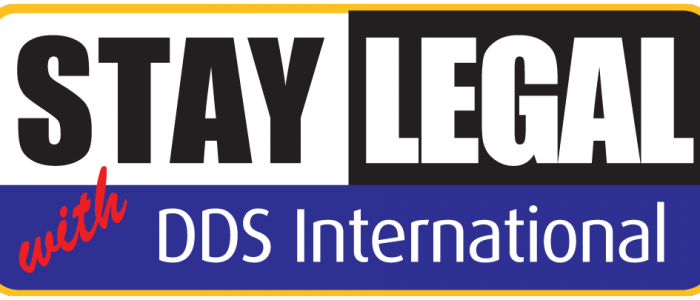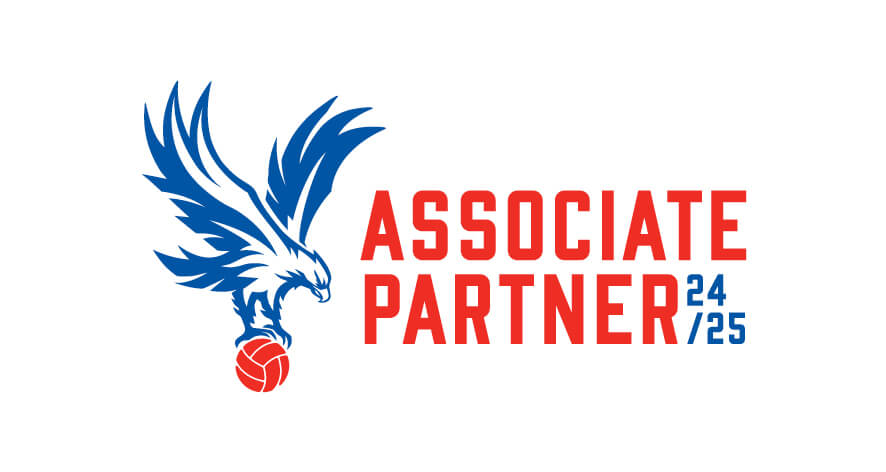Keep Your Fire Exits Clear!
This post is part of the “Focus on Health and Safety Audit Questions” series. A series which focuses on questions asked by our health and safety consultants when conducting a health and safety audit.
Question
Check all fire exits are clear (if deliveries are taking place, then re-check at end of audit).
Reason for This Question
All fire escape routes must offer free, unobstructed evacuation from the Premises, and must not be used for storage of any combustible materials.
Possible Answers
Red: Fire escape route blocked or partially blocked and believed to create significant obstruction in event of evacuation
Amber: Fire escape route partially blocked but would provide no impediment to safe evacuation
Green: No storage in escape routes
Common Issues
- Fire exit(s) blocked
- Fire exit(s) partially blocked
- Escape route(s) being used for storage
Fail Rate
5% of businesses failed this question based on our sample data.
How to Stay Compliant
If you find your fire exits obstructed in anyway, ensure they are cleared immediately and kept clear.
Additional Information
The Regulatory Reform (Fire Safety) Order 2005
Here is what the The Regulatory Reform (Fire Safety) Order 2005 states in regards to emergency routes and exits unobstructed. Obstructed fire exits is a common issue during investigation of those who are in breach of regulations….
Where necessary in order to safeguard the safety of relevant persons, the responsible person must ensure that routes to emergency exits from premises and the exits themselves are kept clear at all times.
The following requirements must be complied with in respect of premises where necessary (whether due to the features of the premises, the activity carried on there, any hazard present or any other relevant circumstances) in order to safeguard the safety of relevant persons:
(a) emergency routes and exits must lead as directly as possible to a place of safety;
(b) in the event of danger, it must be possible for persons to evacuate the premises as quickly and as safely as possible;
(c) the number, distribution and dimensions of emergency routes and exits must be adequate having regard to the use, equipment and dimensions of the premises and the maximum number of persons who may be present there at any one time;
(d) emergency doors must open in the direction of escape;
(e) sliding or revolving doors must not be used for exits specifically intended as emergency exits;
(f) emergency doors must not be so locked or fastened that they cannot be easily and immediately opened by any person who may require to use them in an emergency;
(g) emergency routes and exits must be indicated by signs; and
(h) emergency routes and exits requiring illumination must be provided with emergency lighting of adequate intensity in the case of failure of their normal lighting.
Why is it Important to Keep Emergency Exits Clear?
An emergency exit is a clear, safe way to get out of a building. It provides fast exit in case of emergency such as a fire. Many building occupants typically do not realise the importance of the means of egress until they are compromised or completely inaccessible during an emergency. Obstructions in fire exit routes, such as boxes, equipment, stock etc. can in a fire cause people to fall, seriously hurt themselves, and even block the exit passageway for others. Keeping exit passageways clear of obstacles enables people to exit a building more quickly and safely.
This post is part of the “Focus on Health and Safety Audit Questions” series. A series which focuses on questions asked by our health and safety consultants when conducting a health and safety audit.











Comments are closed.